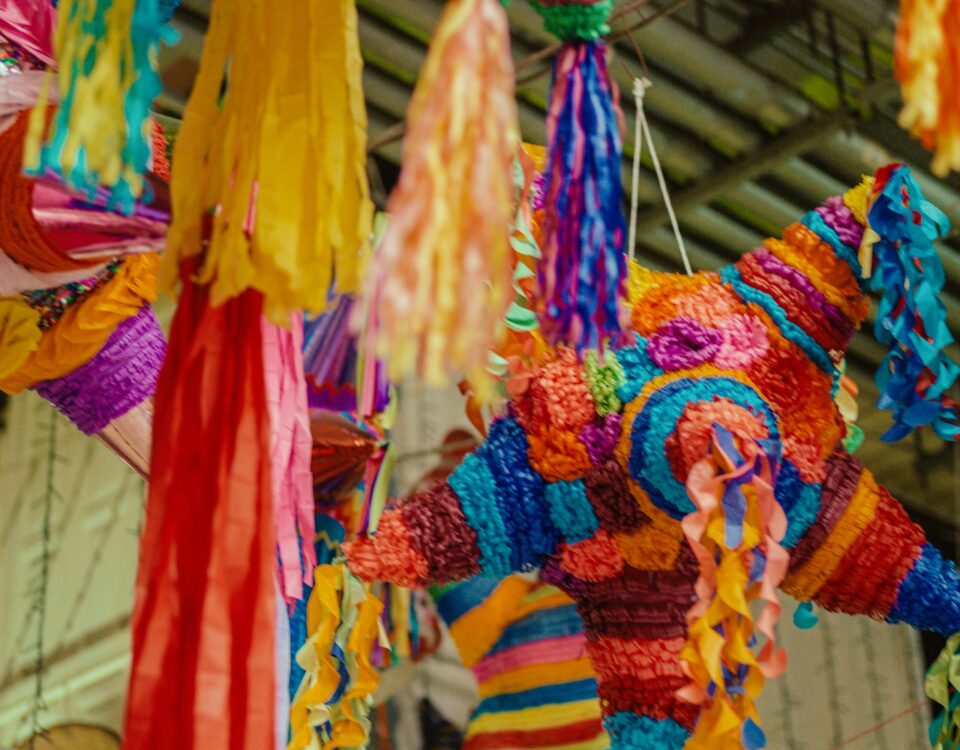Meeting the 2018 Diversity Campaign Team
January 10, 2018Tips for Trainers: Diversity
March 10, 2018Diversity – a simple word with a seemingly simple meaning. But when we look closer it seems there is a world behind it.
Diversity. Diverse. Distinct. Different.
What comes to your mind when you hear these words?
We can think about cultural diversity, people from different countries, different in their origins, in the way they look, in what they eat, in how they speak. That’s one part of the discussion, but not all of it.

We are diverse in the way we think: people have different thoughts, opinions, ideas, beliefs, and values that are shaped, for example, by religion, politics, education, and culture.

We are diverse in the way we communicate. Think about how many languages, dialects, or accents you know of, not only in the world but within your own country. These ways of communicating include sign language, body language, and other forms of nonverbal communication. Examples of these include gesticulation with your hands or even the whole body, pitch and volume of the voice, speed of the speech and so on.

We are diverse in our dreams, goals, backgrounds, and experiences, as well as in the way we experience gender, sexuality, and identity.

We are diverse in how we learn, store, and retrieve information – some people are better with words, some with images, others with music.

We are also different in life opportunities. Consider the disparity between people around the world in terms of access to education, quality food and water, healthcare, proper living conditions, law and employment opportunities.

And this list can go on and on and on…
All of these aspects contribute to shaping our own unique and beautiful identities and influence the way we experience life and interact with our surroundings.
The question is then “why?”, Why think about Diversity when we are working with peace education?
If we think about the vast meaning of Diversity, maybe the question we should be asking ourselves is “why not?”. How can we not include Diversity in peace education? Diversity embraces so many of our characteristics as individuals; our different origins, ways of communicating, beliefs, preferences, and dreams. How can we be inclusive and empathic human beings without considering each other’s different identities? Being an active global citizen starts with having the courage to be curious and explore and seek to understand our differences.
Diversity, as one of CISV’s educational principle, serves as our statement that “we appreciate the similarities between people and value their differences”. Within CISV, we explore our own identity as individuals and are encouraged to consider ourselves within our community, local or wider, in a global level. Respect and inclusiveness are at the heart of peace education. After all, to build a more just and peaceful world we need to respect one another and our differences, and act to include everyone in this journey!
As we start this new CISV year, how are you planning to learn more about Diversity?
Look around your own community, city, and country. What do you see around you?
What does Diversity mean to you?
We encourage you to reflect, explore, learn, and discuss with your friends what Diversity means to you and how you plan to apply Diversity Education within CISV this year!
Stay with us and we will help you to learn and reflect throughout 2018!
Coming up next: tips for trainers who will be training leaders, staffs, boards, or Junior Branch in the content area of Diversity 
Adriana Rodrigues
On behalf of the Diversity Campaign Team



